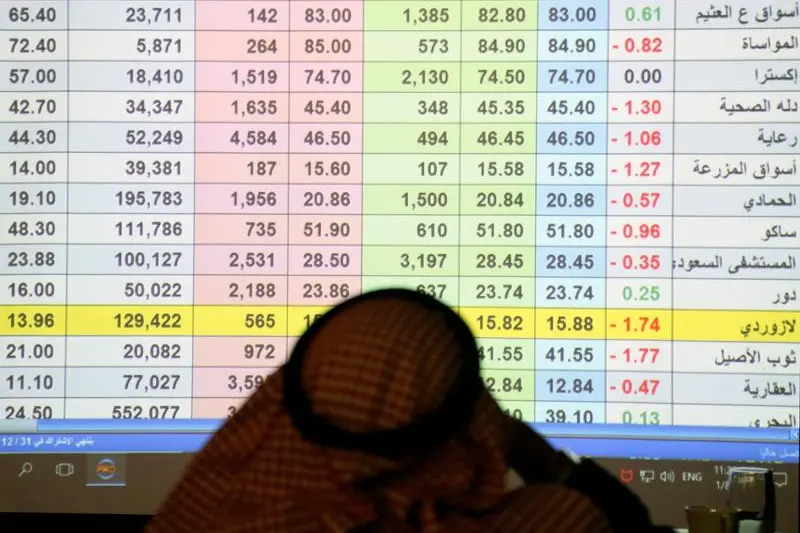PHOTO
The East African Community Secretariat has cautioned the private sector in partner states against frequent requests for stay of application of tax on products that are readily available in the region.
Speaking during the Kenya Private Sector Alliance (Kepsa)-EAC Secretary-General Roundtable in Nairobi on Wednesday, EAC boss Veronica Nduva said the stays were distorting trade within the region.
The existence of numerous stays of application and countries’ duty remission is an impediment to the intra-EAC trade, she said, as the finished products that benefit from these measures cannot access the regional market at preferential tariff treatment.
This is due to the fact that all finished products that benefit from a country’s duty remission once sold in the EAC Customs Territory attract duties, levies and other charges provided in the EAC Common External Tariff (CET).“Partner states are still requesting stays of application. This has meant that we have a distortion to the common instruments (of the CET) that were adopted by all partner states,” Ms Nduva said.
Read: EAC eyes levy review to boost intra-bloc trade“This has affected intra-regional trade because inconsistent application of the CET disrupts inter-regional trade and complicates supply chains and increases business costs.”The EAC CET is an essential instrument of the EAC Customs Union Protocol. It facilitates intra-trade and creates a level playing field in the customs territory by providing a uniform tariff structure for products imported from outside the bloc.
Stay of application and duty remission for industrial inputs are part of the import duty measures adopted in 2020 by the EAC. The two are applicable import measures under the EAC CET, which is currently structured under four bands—35 percent under the sensitive list, 25 percent for finished goods, 10 per cent for intermediate goods and 0 per cent for raw materials and capital goods.
The limited number of products under the sensitive list, which attract rates above the maximum rate of 25 per cent, range from 35 per cent to 100 percent.
The stays of application measures are instituted on final products, which are reported in two scenarios. First, where EAC partner states agree to stay application of the EAC CET rate and apply a higher duty rate for the imported products; and second, where partner states agree to stay application of the CET rate and apply a lower duty rate.
The current stays of application of CET rates are effective for one-year from July 1, 2024.
Read: EABC new roadmap for regional trade integrationMs Nduva said that stays of application are usually implemented to address specific economic needs. “However, they can cause either an increase or decrease in duty rates,” she observed.
Among the products targeted for an increase in duty rates are iron and steel products, wood products, paper and paper products, car imports, furniture and textiles.
On the other hand, duty remission measures ensure that local manufacturers can import raw materials and inputs that are not available in the region at a lower rate. These measures are specific to the gazetted manufacturers, who have applied for the importation of a specific amount of input/product at the reduced import duty rate.
But the EAC Secretariat is of the view that continued requests of stays of application and country-specific duty remissions are diluting its effectiveness and distorting the market.“This is the situation in Kenya,” she observed. “In Kenya's financial year 2024/25, there were 545 disruptions. That is about 15 per cent. In comparison, in the 2023/24 financial year, the disruptions were 746, which is about 13 per cent. So you can see that we are still stuck at the same place.”These measures erode the EAC CET as a uniform policy against imported products into the EAC market, she said.
Ms Nduva proposed continued engagement between the private sector and governments to alleviate the challenges posed by stays of application to safeguard regional development.“We need to look at product diversification, specialisation and value addition in manufacturing because, from where we sit, this will reduce market protection by partner states,” she said.
Read: Kenya tax dilemma in face of EAC-CET scheme“We also need research and study of specific products in order to assess regional demands, local production and equality, among other issues. These should include the review of duty remission regulations. We already have an e-tariff tool that is integrated with the customs systems to promote uniform application of the EAC CET and manage duty remissions.”During the roundtable, the EAC boss provided an overview of the intra-EAC trade value, noting that it had increased 14 percent to $12.2 billion in 2023, compared to 9.2 percent at $10.7 billion in 2022, with a share of 13 percent of total EAC trade with the rest of the world.
EAC total trade grew 2.3 percent to $80.6 billion in 2023, from $78.7 billion in 2022, she said.“The EAC Customs Union has successfully eliminated tariffs on intra-regional trade since 2005, resulting in a remarkable over 60 percent increase in intra-EAC trade. The introduction of the non-tariff barriers reporting platform has been transformative for trade facilitation.
With over 1,000 standards harmonised, intra-EAC trade has been significantly streamlined, ensuring consistent quality and safety of products and services.”Kepsa chairperson Jas Bedi, while supporting the reduction of stays of application, said the four-band CET structure is one of the simplest in the world and urged the private sector to take full advantage of it.“It is the simplest tariff book in the world, yet our non-tariff barriers have grown bigger than the book,” he said. “And that is where it is distorting trade and investment,” he said.
Mr Bedi added that the EAC still faces challenges in industrialisation due to low electricity access, high costs, poor infrastructure, and protectionist policies. © Copyright 2022 Nation Media Group. All Rights Reserved. Provided by SyndiGate Media Inc. (Syndigate.info).
LUKE ANAMI





















